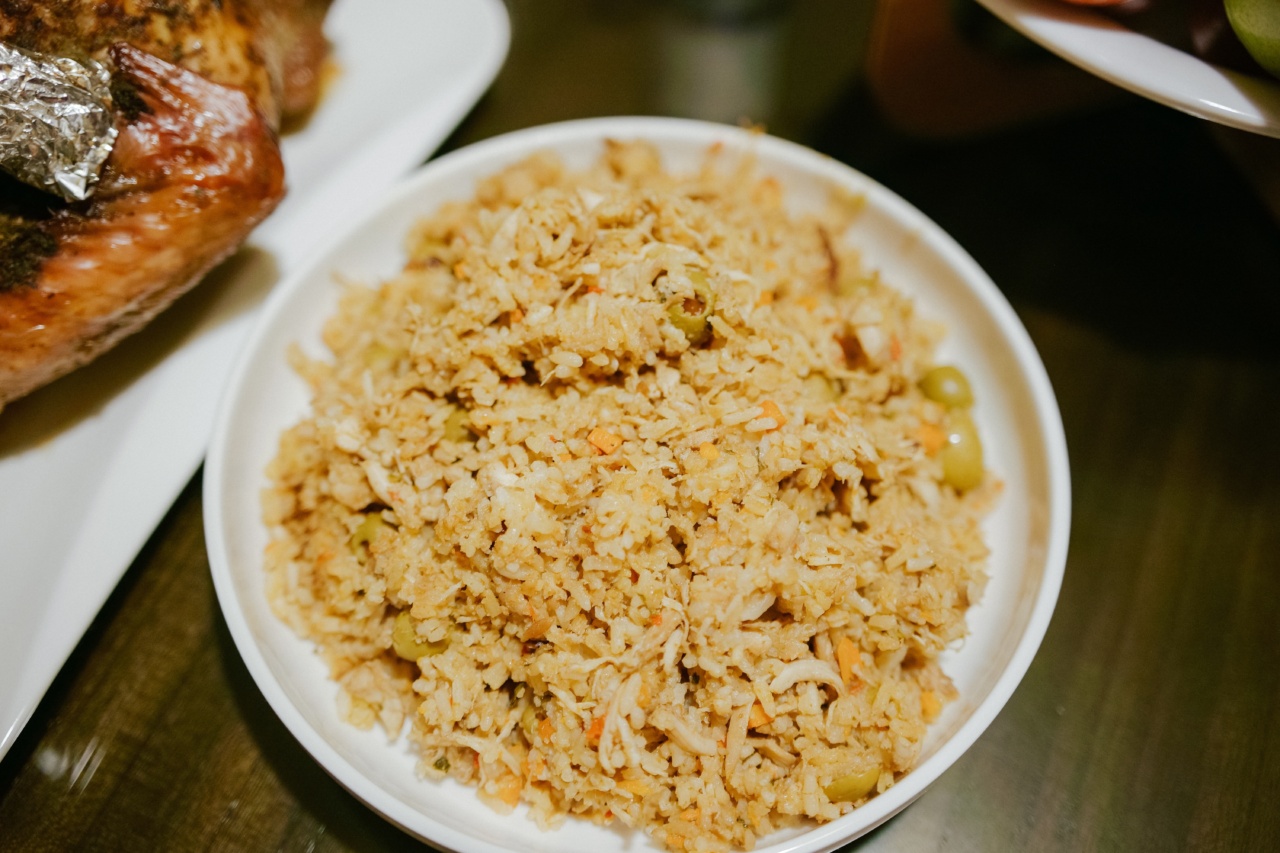Chicken is one of the most consumed meats in the world. It’s a great source of protein, affordable, versatile, and easy to cook. However, it can also pose a significant risk for food poisoning if not handled and cooked properly.
In this article, we will discuss the risks of consuming chicken and how to prevent getting sick from it.
What Causes Food Poisoning from Chicken?
Chicken can carry harmful bacteria such as Salmonella, Campylobacter, and Clostridium perfringens that can cause food poisoning. These bacteria can live on the surface of the chicken, inside the meat, and in its organs.
When the chicken is not handled or cooked properly, these bacteria can multiply and cause illness when ingested.
How to Prevent Food Poisoning from Chicken
Follow these tips to prevent food poisoning from chicken:.
Buy Chicken from a Reliable Source
When buying chicken, make sure to purchase it from a reputable and reliable source. Choose chicken that is not past its expiration date, and check for any signs of spoilage such as a foul smell or a slimy texture.
If possible, choose chicken that is labeled as organic or free-range since these chickens are less likely to carry harmful bacteria.
Store Chicken Properly
After purchasing chicken, store it in the fridge immediately and keep it below 40°F. Make sure to store it in its original packaging or, if you prefer, in an airtight container. Avoid storing chicken with other foods to prevent cross-contamination.
Thaw Chicken Safely
If you need to thaw chicken, do so safely. The best way to thaw chicken is in the fridge overnight. If you’re in a hurry, you can also thaw chicken in the microwave or in cold water. However, make sure to cook the chicken immediately after thawing.
Clean Surfaces and Utensils
Clean any surfaces or utensils that come into contact with raw chicken thoroughly with hot, soapy water. This includes cutting boards, knives, plates, and countertops.
Do not reuse these items until they have been cleaned properly to avoid cross-contamination.
Cook Chicken Thoroughly
Cooking chicken to the right temperature is crucial to kill any harmful bacteria that might be present. The USDA recommends cooking chicken to an internal temperature of 165°F.
Use a meat thermometer to check the temperature, and make sure to cook the chicken all the way through.
Avoid Cross-Contamination
It’s essential to avoid cross-contamination when handling chicken. Do not use the same cutting board, knife or plate that you used for raw chicken for other foods.
Similarly, do not use the same utensils or hands to handle raw chicken and other foods such as vegetables, fruits, or bread. Wash your hands thoroughly with soap and water after handling raw chicken.
Symptoms of Chicken-Related Food Poisoning
The symptoms of food poisoning from chicken can range from mild to severe and can include:.
- Nausea and vomiting
- Diarrhea
- Abdominal cramps and pain
- Fever and chills
- Dehydration
If you experience any of these symptoms after consuming chicken, seek medical attention immediately.
Conclusion
Chicken can be a healthy and delicious choice, but it can also harbor harmful bacteria if not handled and cooked correctly.
Follow the tips mentioned above to reduce the risk of food poisoning from chicken, and remember to always cook chicken to an internal temperature of 165°F.


























